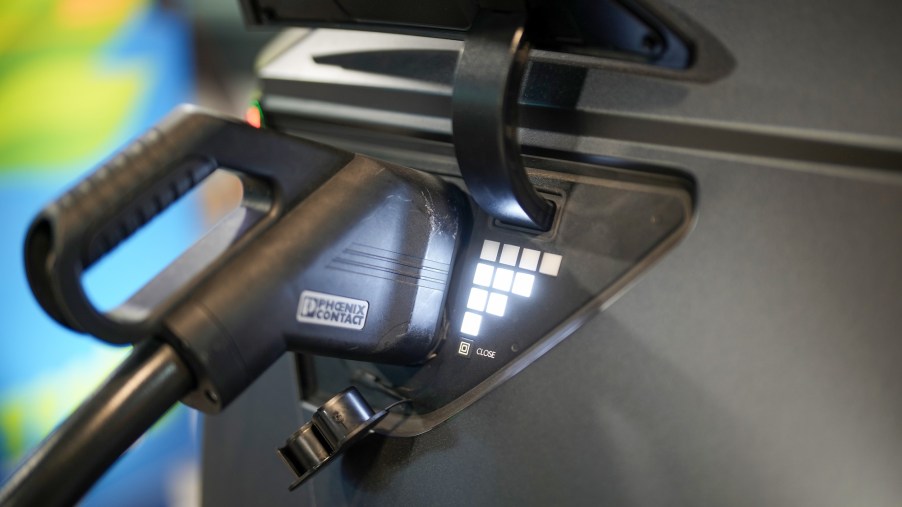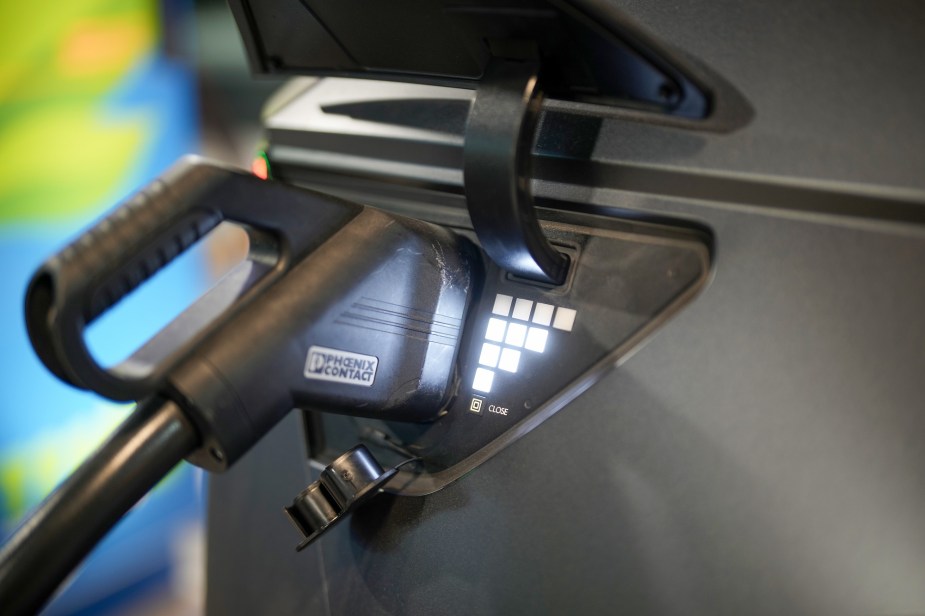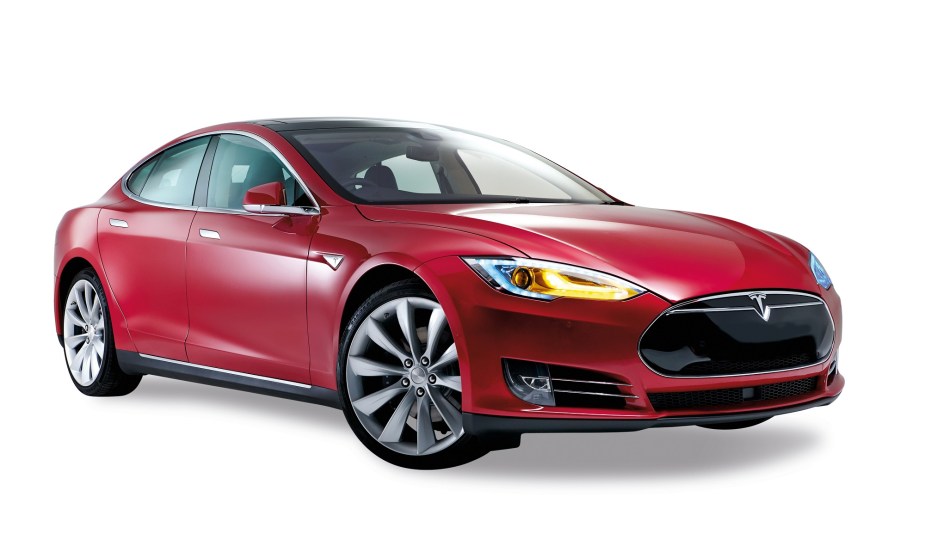
4 Tips to Extend EV Range
Many car shopping customers are turned off from buying an electric vehicle (EV) due to range anxiety, or the fear that they’ll run out of charge while driving. It is a genuine concern, but EV drivers aren’t helpless. In addition to advances in battery and charging technology, you can take measures to prolong your EV range and battery life. Here are four tips you can use to keep your electric car moving.
Stop stopping so much; brake gradually to extend EV range
Much like driving a gas-powered car, braking too hard and too often can hurt your driving range. Taking off from a dead stop requires energy, especially when accelerating in a heavy EV with all its battery weight. The solution is to brake gradually when stopping.

Still, many EVs feature regenerative braking, a technology that repurposes kinetic energy lost during braking. However, the regenerative braking technology isn’t enough to save all of the juice from stop-and-go driving.
Don’t accelerate so hard
Many electric cars are brutally fast, given the instant torque available. However, every time you launch your electric vehicle, you’re substantially compromising the driving range of your EV. While it might be fun to flog a Tesla Model S to sixty in a couple of seconds, it might mean riding the bus home. Drive your EV thoughtfully, and you’ll extend your EV range.

In addition to preserving driving range for your journey, abstaining from repetitive launching may prevent premature wear on electric motors and battery packs. While some countries are trying lease-based battery swaps that prevent EV owners from wearing down their personal batteries, the United States is unlikely to try the practice anytime soon. Exercising restraint may help extend battery life.
Drive at normal temperatures to extend your EV range
Driving your EV at temperature extremes can considerably reduce your driving range. For example, driving at temperatures under 20 degrees Fahrenheit may decrease your range by as much as 41%. Additionally, operating at temperatures over 95 degrees Fahrenheit might reduce driving ranges by as much as 17%, according to AAA.
Charge your EV battery at the right time
In addition to ensuring that you optimize your driving range, you should be mindful of keeping your battery’s health up. One way to ensure you don’t degrade your battery quicker than necessary is to charge up at the optimum level. According to Kelley Blue Book (KBB), charging your EV battery between 20% and 80% is the optimum condition. Charging the battery within that range prevents overcharging and protects the pack’s longevity.
If you want to stack the deck, buy one of the fastest charging EVs on the market
If you’re trying to ensure you can maximize your EV range and get back on the road, you might want to shop for one of the fastest charging EVs. For instance, you can buy a Lucid Air that will recover 300 miles of range with just 20 minutes of charging. Further, you could buy the Mercedes-Benz EQS with its fast-charging credentials and 350 miles of range.
Scroll down to the following article to read about considerations for EV shoppers!



